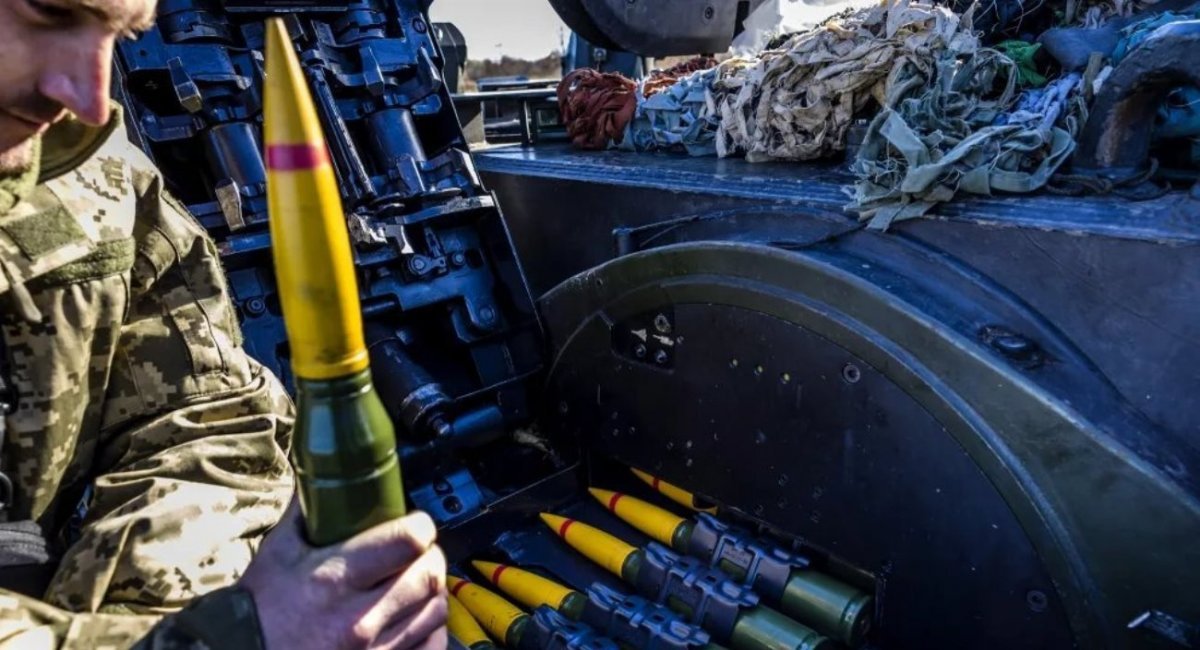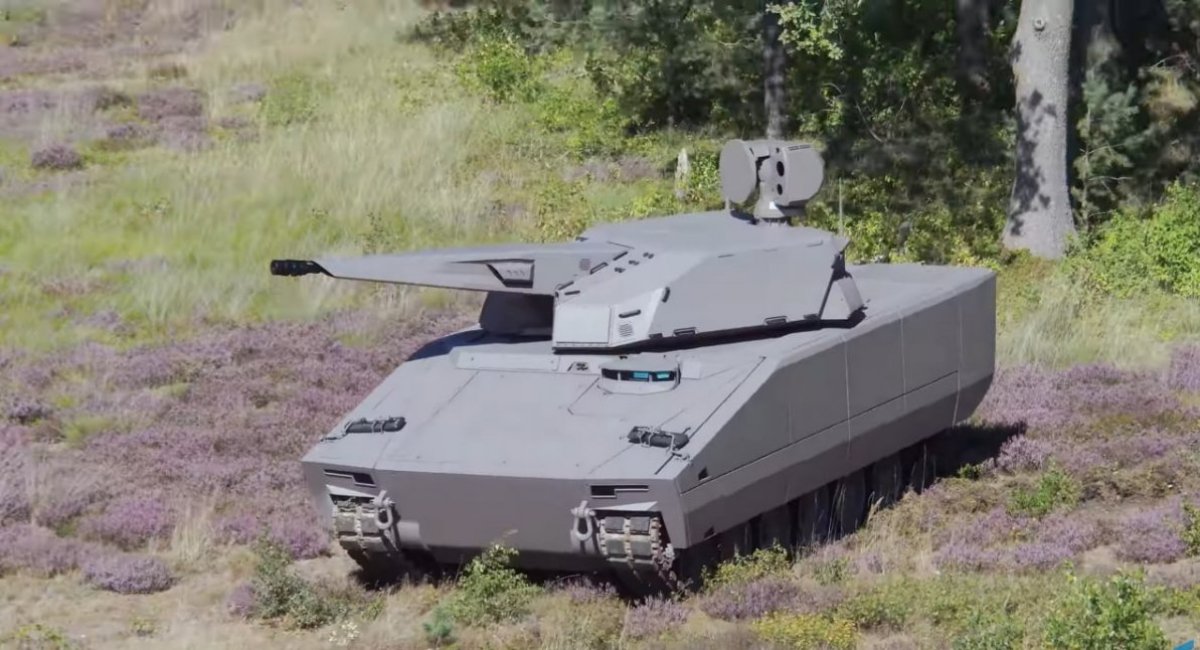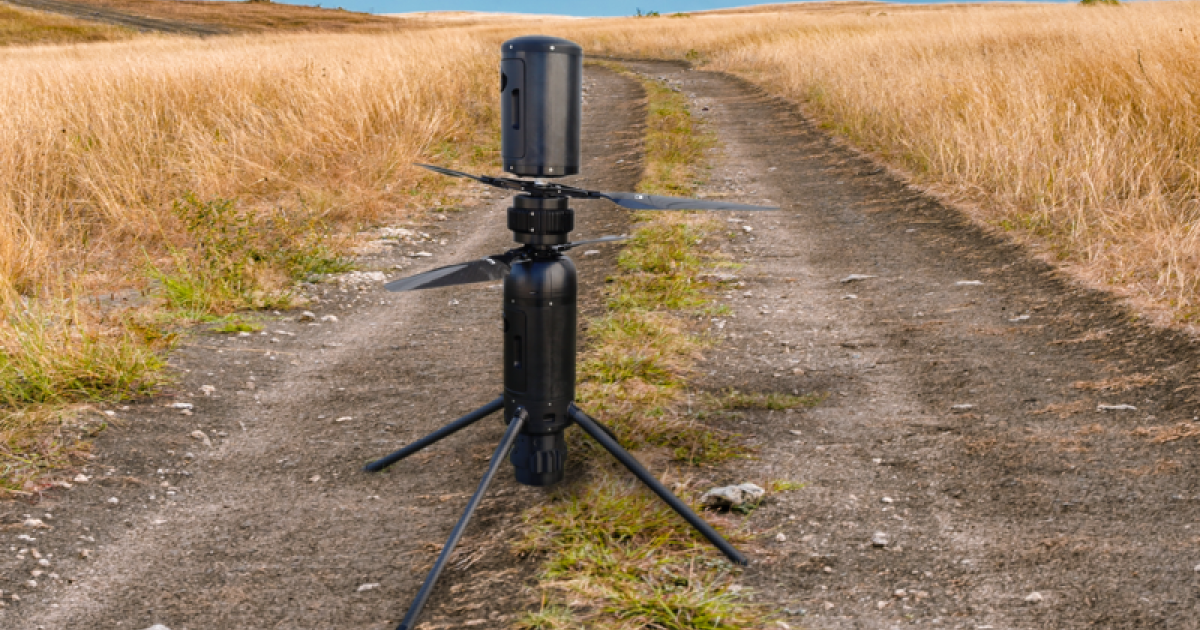- Reaction score
- 18,610
- Points
- 1,160
Yup. We have a thread where this was previously discussed in detail. And while I can't refute that nor the following because I don't have any test data one way or the other on it. Just a few thoughtsApparently there are several issues with mounting the engine at the front of the tank beyond increased heat signature across the frontal arc.
A penetration in the front that would damage the engine would also most likely kill the driver and possibly the crew.
- Mobility kills would be more common as the engine is now facing the enemy
If the armour at the front is already heavy enough to protect the crew cabin then it ought to be heavy enough to protect the engine to the same degree. I can't see the obstacle crossing issue. Effectively what you are doing is simply redistributing the weight in a way that is very little different then running the tank in reverse with the turret reversed. There are numerous SP guns, including the quite heavy PzH2000 that operate in this configuration with the engine up front. And yes, I agree, there is a difference in the way that an PzH2000 is required to manoeuvre and how a tank operates; but in general it's an issue that can be addressed in the design.
- the weight of the engine at the front (and additional armour to protect it) would make the vehicle front heavy which will affect the ability to cross obstacles, slopes and trenches.
I admit that that is a very important consideration. I've looked at the Merkava (a front engine MBT) and its barrel depression is anywhere from -7 to -8.3 degrees while most NATO tanks are a degree or two better than that and all Russian tanks worse. But the tank has always been a trade-off product (protection vs firepower vs mobility). This too is a tradeoff. Glacis and turret design can be adjusted (especially if one is designing from scratch to build a common tank/IFV/SP hull) to maximize barrel depression while providing for safer crew location. Just spitballing here but how about a tank with the engine in front, an autoloader turret in the middle that doesn't penetrate the hull deeply and an armoured crew compartment in the rear with easy egress and just enough access to the turret to help fix stoppages. There are more than enough redundant video feeds available so that a front position for a driver and a top position for a crew commander are no longer essential.
- You'd likely have to move the turret further back in the hull to offset the engine/armour weight forward which would affect gun depression.
Like I said: Just spitballing. Personally I think a common tank and IFV hull are an overriding maintenance consideration for any combined arms team. And once you build an IFV hull, SPs and all other specialty vehicle variants using the IFV hull are easy.














